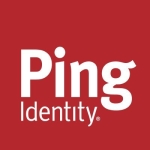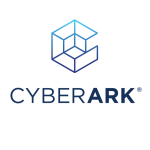We use Microsoft Entra External ID for cross-company collaboration by importing applications through enterprise applications. Most applications have APIs that easily connect to Azure. We generate a token, ID, and key, which we input into the application server to link them. This allows our AD users to connect to these applications.
The most beneficial feature for us is the ease of setup. With about five clicks, we can generate unique IDs and keys and set up in less than 30 minutes. We can also generate these for multiple years simultaneously, which is convenient.
In Azure, you can set up access rules. Just because an app is linked to Active Directory doesn’t mean everyone can access it automatically. You can make it so users have to give consent before getting access. You can also control which apps can connect to Active Directory. For Microsoft Exchange, we use multi-factor authentication to protect our information, which helps keep it secure by requiring more than just a password to log in.
Centralizing user management has positively impacted our operational costs and efficiency. We no longer need multiple systems to manage users, especially in our SaaS applications. This has improved turnaround time for user management tasks and streamlined our processes, making things more efficient.
We use the SaaS version, so there's no on-premises infrastructure. The integration is mainly done through setup, linking it to our domain and Active Directory.
Technical support needs improvement.
I have been working with the product for five years.
The support is poor so that I would rate it a four out of ten. You can't always be sure your issues will be resolved. If they don't have a solution, they might leave it unresolved. It also takes a long time to get help. I had an issue where I was engaged with support for two months across five different locations, and sometimes, the support team wasn't knowledgeable enough or just left the issue unresolved. To make the most of Microsoft products, you need to have an in-house expert to manage things without relying on Microsoft support.
To implement the solution, you will have to download it.
We don't pay separately for Microsoft Entra External ID as it's part of our Microsoft Exchange subscription.
I'd recommend Entra External ID for medium to large companies (100+ staff), as it's great for managing complexity with more users. I wouldn't recommend it for companies with less than 50 staff. I rate it a nine out of ten. We haven't integrated it with third-party solutions beyond the external applications we connect.














